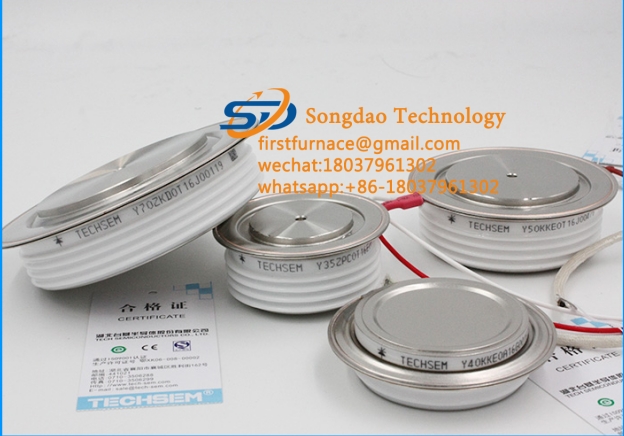- 28
- Oct
What is the difference between a relay and a thyristor?
What is the difference between a relay and a thyristor?
The price varies greatly; the response speed of the tiristor is very fast in microseconds; the speed of the contactor is more than 100 milliseconds;
Relay (English name: relay) is an electrical control device, which is an electrical appliance that causes the controlled quantity to undergo a predetermined step change in the electrical output circuit when the input quantity (excitation quantity) changes to the specified requirements. It has an interactive relationship between the control system (also called the input loop) and the controlled system (also called the output loop). Usually used in automated control circuits, it is actually an “automatic switch” that uses a small current to control the operation of a large current. Therefore, it plays the role of automatic adjustment, safety protection, and conversion circuit in the circuit.
Thyristor is the abbreviation of Thyristor Rectifier. It is a high-power semiconductor device with a four-layer structure with three PN junctions, also known as a thyristor. It has the characteristics of small size, relatively simple structure, and strong functions. It is one of the more commonly used semiconductor devices. The device is widely used in various electronic equipment and electronic products, and is mostly used for controllable rectification, inverter, frequency conversion, voltage regulation, non-contact switch, etc. In household appliances, dimming lights, speed-regulating fans, air conditioners, televisions, refrigerators, washing machines, cameras, audio systems, sound and light circuits, timing controllers, toy devices, radio remote controls, cameras, and industrial controls are all used in large quantities. The thyristor device.

